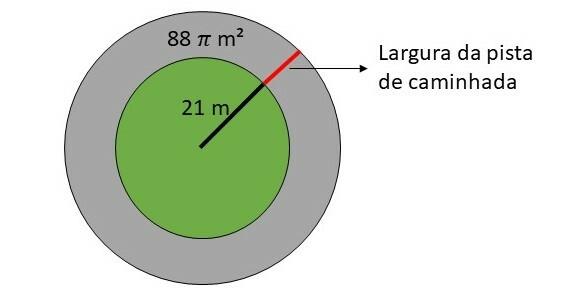THE First World War, considered a landmark for the 20th century, had the European continent as its main setting.
It lasted 4 years, having three moments: a Movement War, trench warfare – which was the longest (1915 – 1918) and consequently the best known, for having registered the highest number of deaths – and the Movement War or Final phase. It was a war of catastrophic proportions.
Index
- World War I Summary
- Causes of the First World War
- The war
- Aftermath of the First World War
World War I Summary
THE First World War was called the great war, as it was a conflict on a global scale. Involved around 20 countries. Among them, Germany, which began to stand out and compete with the great nations (England and France), which began to lose strength.
After the French defeat in the Greco-Prussian War in 1871, France had to cede Alsace-Lorraine – a region rich in coal and ore – to the German Empire. This caused revolt in the French country, which wanted to reconquer the area.
Two blocks faced each other:
- triple alliance: It was an economic, political and military agreement between Germany, Italy (later part of the Triple Entente) and Austria. Created in 1882 with the aim of creating a protection network – between the member countries – in case of war.
- Triple Entente: Formed by England, France and Russia, appears in 1907, with the intention of contesting the Triple Alliance.
- Free Online Inclusive Education Course
- Free Online Toy Library and Learning Course
- Free Online Preschool Math Games Course
- Free Online Pedagogical Cultural Workshops Course
Both divided the European continent into two blocks. Even though it had diplomatic purposes, this movement was the precursor of the First World War, which left some 10 million soldiers killed and 21 million wounded, plus some 13 million civilians lost their life.
Causes of the First World War
- Colonial disputes;
- Arms race;
- Alliances Policy;
- Disputes by consumer market;
- Assassination of Archduke Francisco Ferdinando (fuse).
The war
- Movement War: It took place in 1914, in the first months of the war. Its strategy was an intense movement of troops. It was known for promoting several quick attacks.
- trench warfare: It took place from 1915 to 1917 – the longest period of the conflict. Trenches are huge corridors of ditches dug in the ground. The intention was to try to advance or maintain the position, being used for both offensive and defensive tactics. At that time, tanks, machine guns, bombing began to be used.
- Movement War or Final Phase: The last phase of the war took place in 1918 and was characterized by the use of aviation and heavy artillery. It was a “restart” of the War of Movement (1914). The Triple Entente countries (England, France and Russia) stood out in the conflicts, when their “rivals” surrendered to the war.
Aftermath of the First World War
- League of Nations;
- Treaty of Versailles;
- Redesigned the political map of the European continent and the Middle East;
- Totalitarian Regimes.
Learn more at:
- Causes of the First World War
- Aftermath of the First World War
- The 29 Best World War I Films
The password has been sent to your email.



